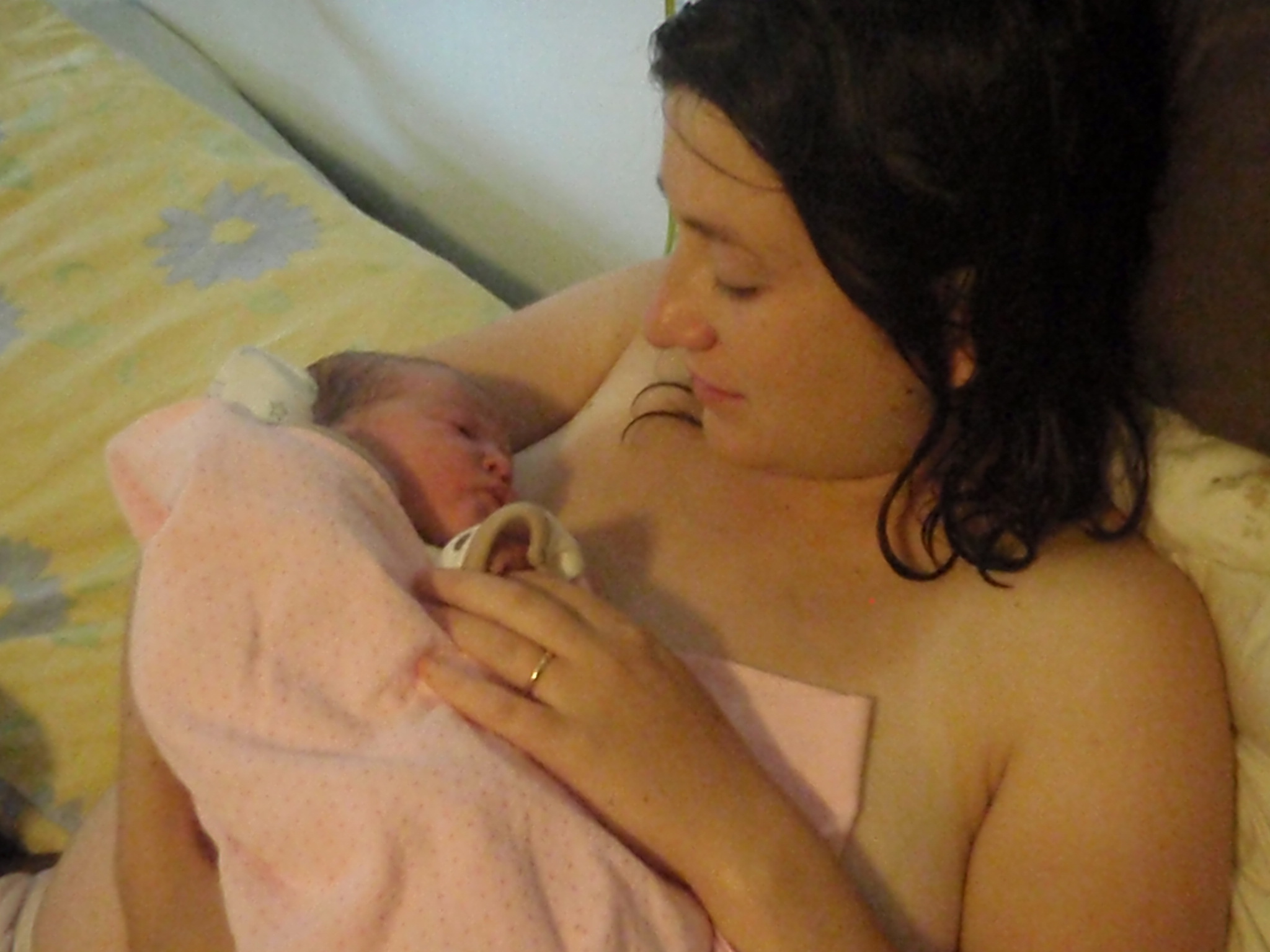Some interesting reflections of women's feelings after having a home birth.
"Some Key Findings: Women’s Choices and Reflections
To summarize, five recurring themes were identified from the women’s reflections on both their hospital and home births: choices and empowerment; intervention and interruptions; disrespect and dismissal; birth space; and connection.
Choices and empowerment. The women in our groups reported that with their hospital births they felt they did not actually have much choice in the direction of their care. Although a few women in the study had generally positive hospital experiences, most reported feelings of disempowerment and limited choices associated with their hospital birth and more meaningful choices and feelings of empowerment with their home births.
Interventions and interruptions. During their hospital births, women experienced significantly more interventions compared to their home births. Many of the women in our study perceived these interventions as unnecessary. They commented on timetables, hospital “agendas” and interruptions both during the birth and postpartum period for their hospital births.
Disrespect and dismissal. Many of the women in our study said they felt that their hospital-based providers tended to focus more on anatomical parts and the medical process of birth, rather than on them as whole people. With their home births, they reported a much more holistic model with great respect for their decisions.
Some women who wanted to continue care with both a home birth provider and a hospital-based provider (known as “dual” or “concurrent” care) were dismissed from their hospital-based practice when they revealed that they were planning a home birth.
Birth space. Universally, women reported feeling more comfortable laboring in their own homes, surrounded by only the people they chose to invite into that space. Several women mentioned the appeal of having their older children with them for the birth, or at least having that option.
Connection. When women in our study reported positive hospital births, they also spoke of their positive connections to their providers. For both home and hospital settings, women said that feeling a sense of trust and connection to their doctor or midwife was important and even helped them to feel more comfortable with the process of birth. That theme of connection extended to women’s reflections that during their home births they also generally felt more connected to their bodies, to their babies and to other family members."


